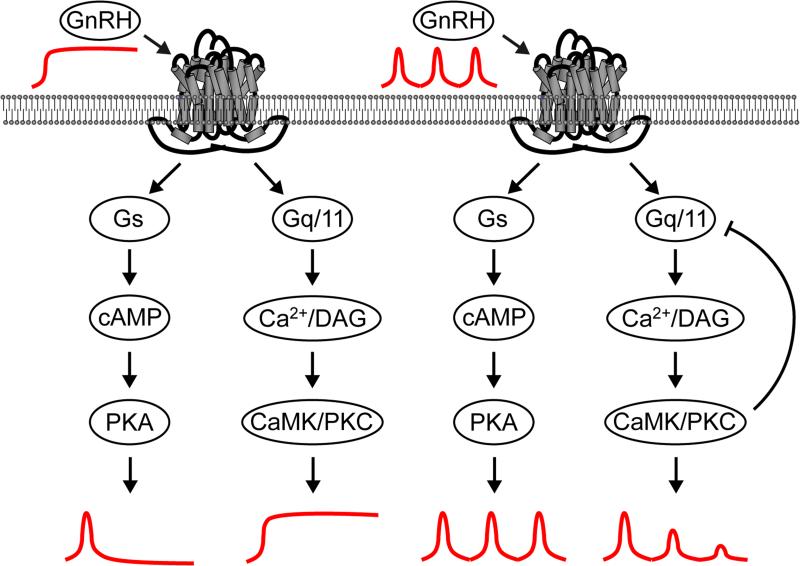Figure 1. Model for regulation of signaling by the GnRH-R in response to tonic or pulsatile GnRH.
Tonic GnRH stimulation (left) causes a transient increase in Gs/cAMP signaling that rapidly returns to baseline in spite of the continued presence of GnRH. In contrast, Gq/11/DAG/Ca2+ signaling remains elevated during the entire period of GnRH stimulation. Pulsatile GnRH (right) causes matching pulses of Gs/cAMP signaling of constant amplitude over time. Gq/11/DAG/Ca2+ signaling shows an initial pulse matching the GnRH pulse but each subsequent pulse has lower amplitude until no further pulses are seen after 2 h. This may reflect a PKC or CaMK induced negative feedback loop to desensitize Gq/11 signaling.

